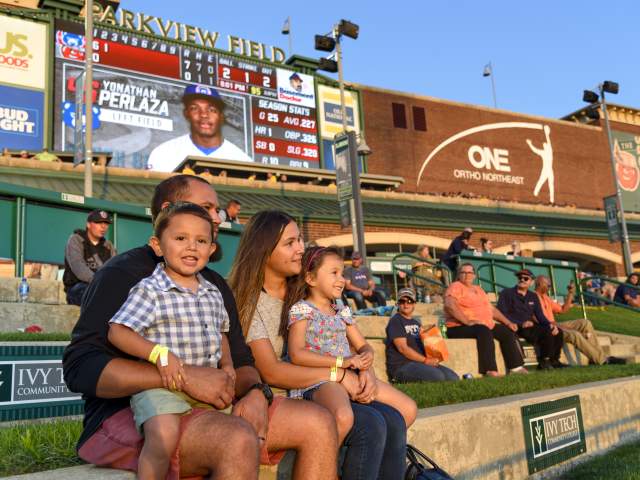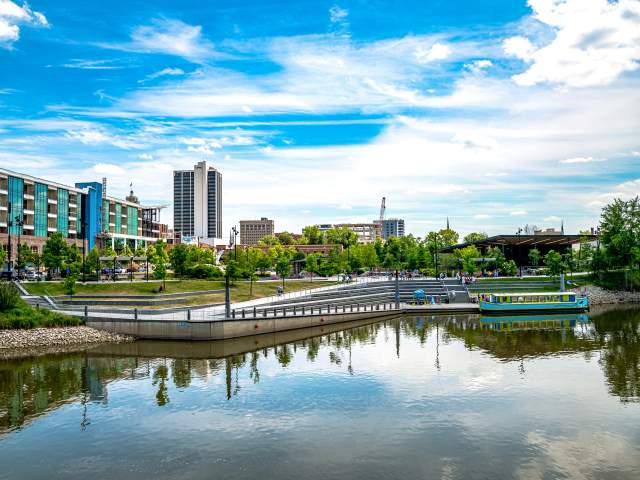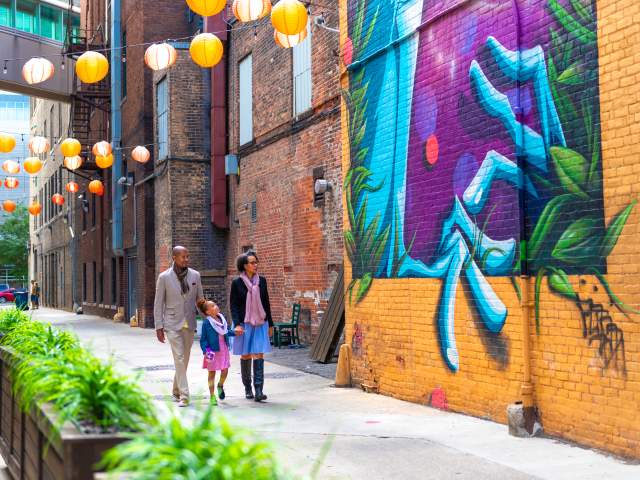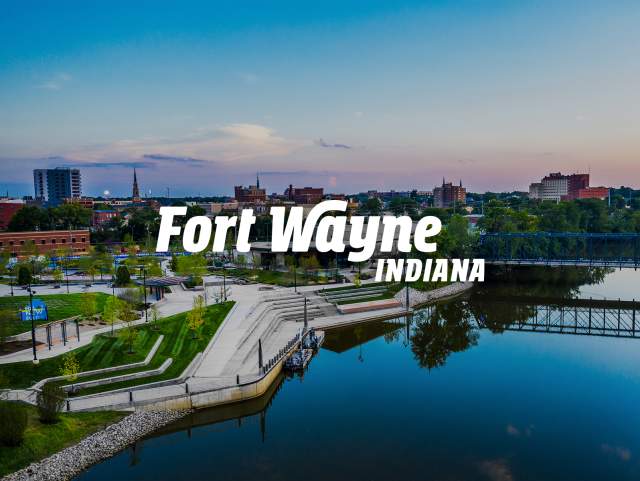For the last three years, retired historian Thomas Mathiesen has organized the once jumbled collection of clippings, pictures, and posters that document the storied history of the Embassy Theatre. January 12, 2021 marked his last day, his last visit to the Embassy Theatre Foundation Archive.
Mathiesen and his wife have been volunteering at the Theatre for almost 20 years, always looking for different projects to occupy them. As a music historian, Mathiesen taught at BYU, USC, and lastly Indiana University for 22 years; he’s been retired for 11.
“It was a terrific learning experience,” he said, “[with] lots of interesting things that turned up about the history of the Theatre, not only in the early days, but also in the later period after the Foundation purchased [it in 1972], how it [endured] through difficult times, how it saved itself, and how it developed from that point.”
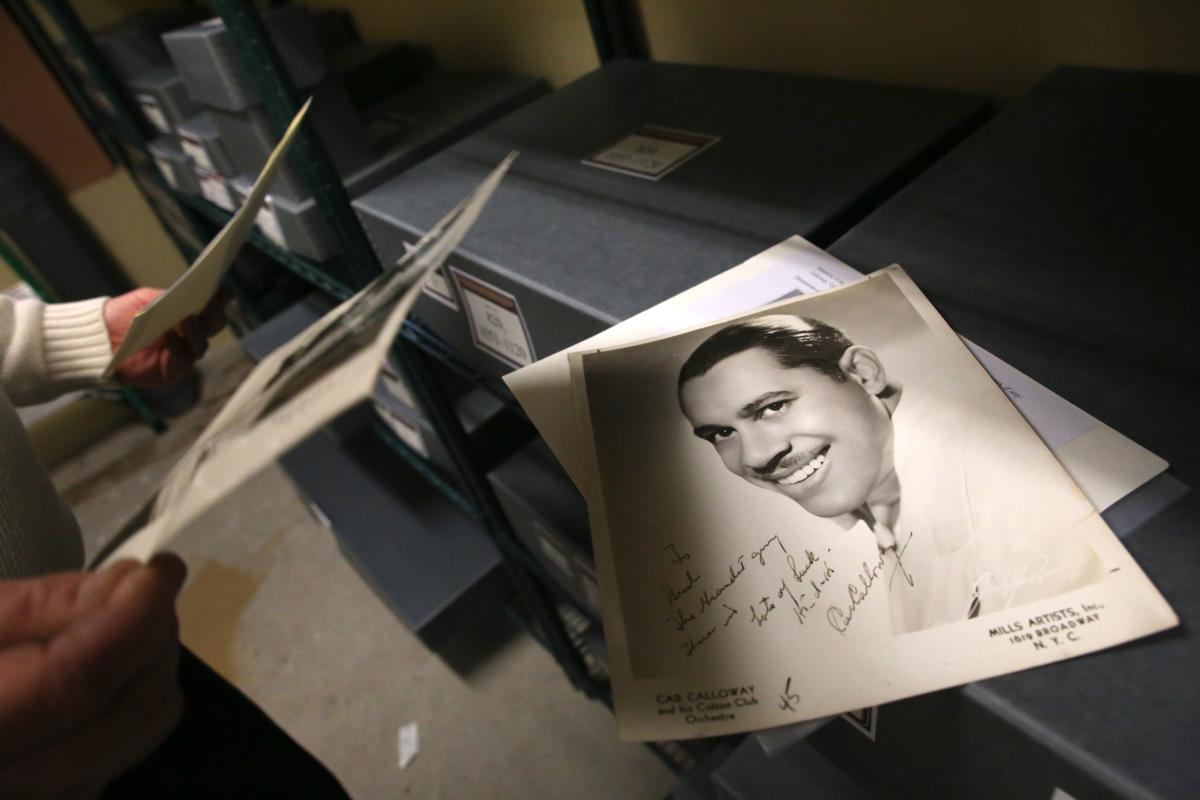
The Embassy Theatre: Host to the Biggest African-American Performers
The Embassy’s history includes some of the biggest African-American performance names in the world, ranging from 1934 to present day.
“Until the Embassy Foundation took over the Theatre, all of the performers were professional,” Mathiesen said. “They did have the community come in for local events that were sponsored by the radio station, especially WOWO.” (Although, according to the historian, his research did not reveal any African-Americans in the crowd photography from lobby and auditorium pictures.)
“It's remarkable that almost every well-known Black performer — and many who are barely remembered today — appeared in Fort Wayne during the middle decades of the 20th Century.”
As far as the early publicity photographs in the archive, “all but two of [them] are inscribed to [the Embassy’s] Bud Berger, the stage manager who was famous all over the country for making every performer feel special,” the historian said.
The first African-American performer, per Mathiesen’s work, to play at the Embassy was Charles “Snowball” Whittier, whose specialty was dancing alongside Ted Lewis as his shadow, mimicking his movements, during their “Me and My Shadow” performance. “Most of the early appearances were in the 1940s and early '50s, although Whittier appeared as early as 1934,” he said.
Other early performers include internationally-known names like Cab Calloway, Count Basie, Duke Ellington, Fats Domino, Louis Armstrong, and many more.
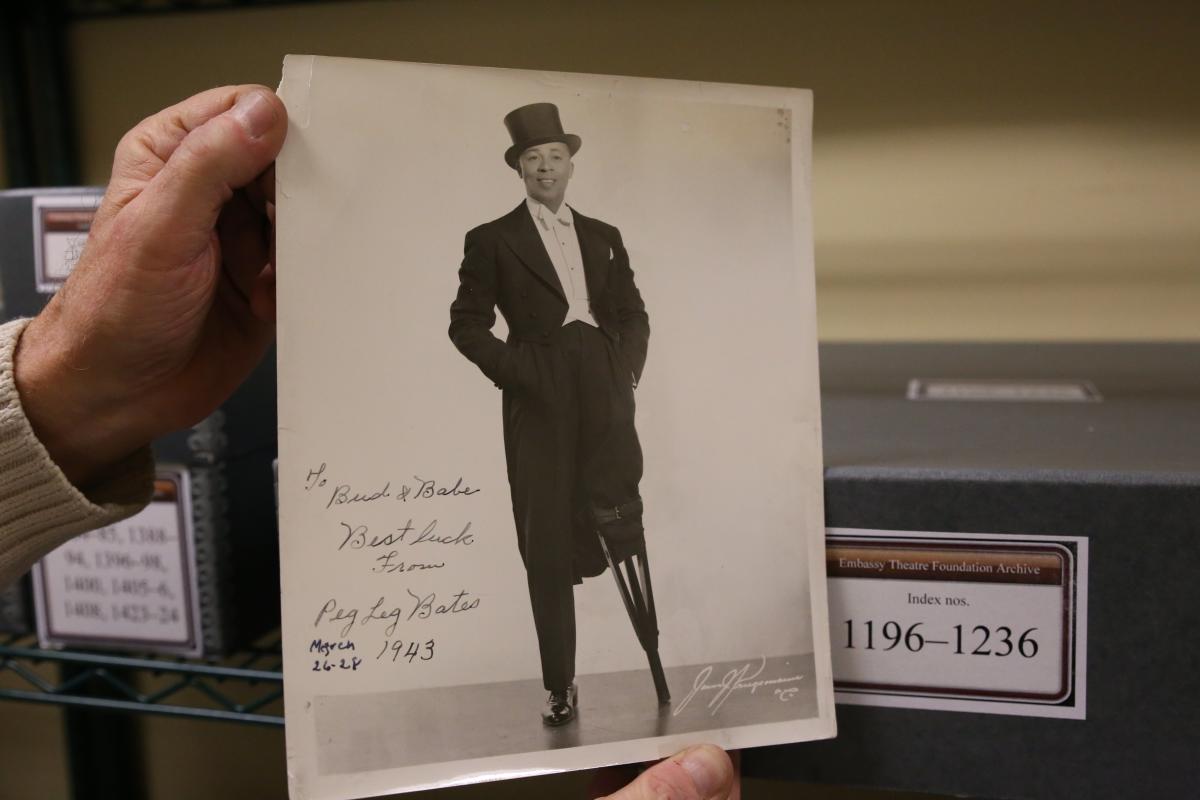
Peg Leg Bates (pictured) was a tap dancer and acrobat on Broadway and the Theatre circuit. He also appeared several times in the 1960s on "The Ed Sullivan Show" and "The Tonight Show." A documentary film of his life, "The Dancing Man," was released in 1992. He performed here in Fort Wayne, Indiana in 1943.
Duos also performed. The married Cholly and Dotty were known for their tap dance routines as soloists and with Cab Calloway, Lionel Hampton, and others. They performed in the Broadway show "Gentlemen Prefer Blondes," from 1949 to ‘52. In the 1950s–80s, Cholly Atkins became a well-known choreographer for vocal groups, especially Motown ensembles. They played here in '43 as well.
After 1952, when the Emboyd was renamed Embassy, the Theatre concentrated on “motion pictures rather than the combination of movies and live entertainment that had been the norm for the Emboyd through the 1920s, '30s, and '40s,” Mathiesen said.
“After the Foundation took over, they started having more local performers, particularly when they started the program "Down the Line," [featuring] local tribute bands in the style of the performers.”
Discover more about Fort Wayne's Black History and multicultural community at VisitFortWayne.com/Multicultural.

